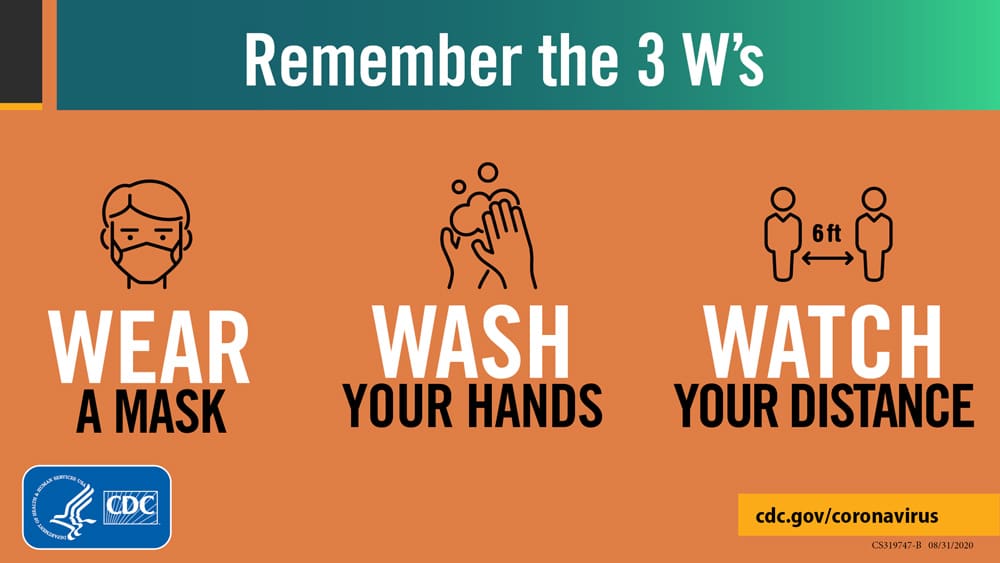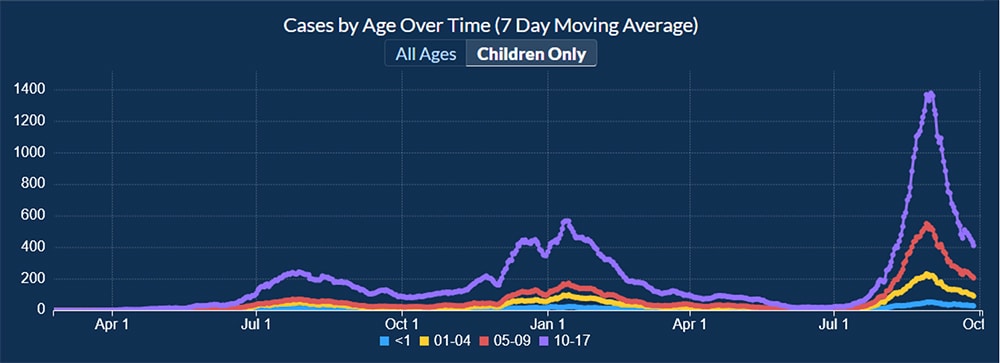Coming Together to Protect Our Children
Print This Post
by Erica Fener Sitkoff
Executive Director, Voices for Georgia’s Children
There is encouraging news this week. Two new studies, published by the Centers for Disease Control and Prevention—“Association Between K–12 School Mask Policies and School-Associated COVID-19 Outbreaks” and “Pediatric COVID-19 Cases in Counties With and Without School Mask Requirements”—offer robust evidence of universal mask-wearing practices in schools reducing rates of COVID-19 outbreaks.
And Pfizer-BioNTech announced on Tuesday that it submitted data for the COVID-19 vaccine for children ages 5 – 11 to the U.S. Food and Drug Administration. If the FDA follows the same timeline as it did for adults, we could see an Emergency Use Authorization for this age group in the coming weeks.
That’s all welcomed news for our children. According to the Georgia Department of Health’s Daily Status Report, to date, there have been more than 232,000 positive cases in Georgia children birth through age 17, nearly 1,900 hospitalizations, and 16 deaths. During the month of August, positive test results in this age group increased by a staggering 1,450%. That increase coincided with the return of students to school at the beginning of August.

Source: Georgia Department of Public Health, COVID-19 Daily Status Update, September 28, 2021
In the early days of the pandemic, there was an assumption that children were not as vulnerable to the coronavirus as adults. That’s likely because children were not in school, participating in extracurricular activities, and kept isolated at home. Now, the virus is having an impact on more children and youth, and this is affecting their opportunity for in-person learning, which is critical to a child’s ability to thrive.
The repercussions of more than 35 school districts transitioning from full-time in-person learning to virtual-only or a hybrid-learning model have reached more than 154,410 children across the state. Schools provide more than academic instruction. They provide the opportunity for nutritious foods, social-emotional learning, mental health services, services for special needs, and more.
Beyond that, remote learning highlighted racial and social inequality. The American Academy of Pediatrics reports that, over the past 20 months, disparities have worsened, especially for children who are English language learners, children with disabilities, children living in poverty, and children who are Black and Latino.
We know that COVID-19 will continue to spread rapidly across our communities until we use every prevention method we have to stop it. The Georgia Department of Public Health reports almost 60% of all COVID-19 outbreaks are now in Georgia’s K-12 schools. As more children are impacted by the spread, they are more likely to be absent from school and transmit the virus to classmates and adults at school and at home. When adults are ill, they can’t care for our children and keep them safe.
So, what can we do to keep kids in school?
- Wear a mask indoors, including inside schools.
- Wash your hands.
- Keep your distance.
- Get a COVID-19 vaccination if you are over 12 years of age.
And here’s what medical professionals statewide recommend.
We can beat this. Let’s all work together to achieve that success.
Contact:
Bill Valladares
GaFCP Communications Director
404-739-0043
william@gafcp.org
Follow us on Twitter: @gafcpnews
Connect with us on Facebook.
Voices for Georgia’s Children envisions a Georgia where all children thrive. The nonprofit child policy and advocacy organization’s mission is to advance laws, policies, and actions that improve children’s lives.
